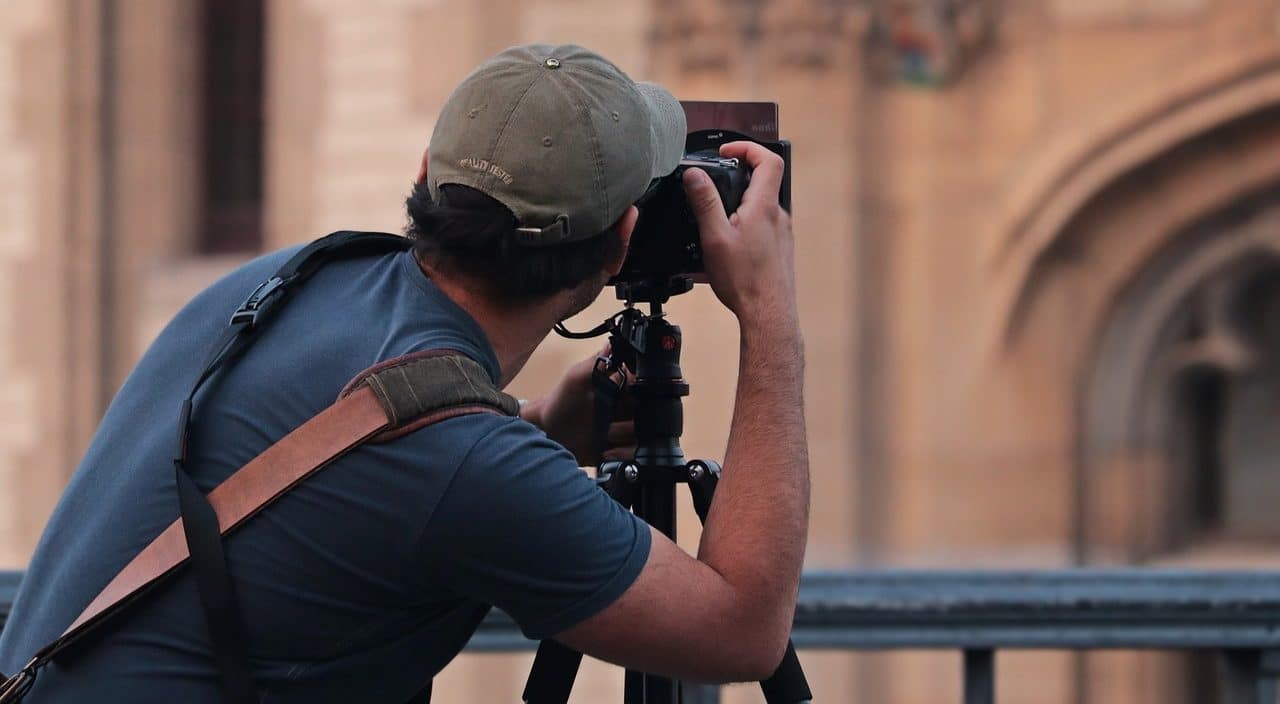
Autofocus allows you to obtain sharp results in a short time.
Autofocus , which can be abbreviated as AF , is a resource that allows a camera to develop automatic focus . This term comes from English but is usually used in our language, although it has a translation: autofocus .
There are different autofocus modes or systems. At a general level, what autofocus makes possible is for the camera to precisely focus on an element without the photographer having to intervene.
Advantages
- Ease of use – Autofocus makes photography more accessible to people with little experience by eliminating the need to manually adjust focus;
- speed : essential in situations where it is important to capture an image at the exact moment, such as in sports or action photography;
- Accuracy : In many situations, autofocus can achieve a more precise result than manual focusing, especially when dealing with moving subjects or complex scenes ;
- Subject Tracking – Advanced autofocus systems can automatically track moving subjects with sharp results;
- foreground and background focus – often allows for selective depth of field to be achieved, focusing on a foreground or background depending on the photographer's needs.
Disadvantages
- Focus errors – Despite its accuracy, autofocus can make errors, especially in low- light conditions or with subjects lacking contrast, which can result in out-of-focus images;
- Response time : In some situations, especially on older cameras or in low light conditions, autofocus may take longer to resolve than manual focus;
- Focus point selection – On cameras with multiple focus points, selecting the right one can be tricky and require manual adjustments ;
- Battery consumption : Continued use of autofocus can drain the camera battery more quickly, which can be a drawback in situations where power is limited;
- Depth of field control – In certain situations, such as macro photography or landscape photography, manual focus may be preferable to achieve full control over depth of field.
Active autofocus
Active autofocus involves the use of specific sensors or methods that emit signals or energy to measure the distance between the camera and the object being focused on.
Among the most common methods to measure this distance through active autofocus are the following:
- by phase detection : used in DSLR and some mirrorless cameras. It involves the use of phase detection sensors on the image sensor;
- laser : emitted towards the object;
- Ultrasound : Some cameras and vision sensors emit an ultrasonic pulse and measure the time it takes to return after bouncing off the object.
Passive autofocus
Passive autofocus is a feature found on many digital cameras that improves the quality of photographs. Unlike active, it uses the contrast between objects to focus the image.
This type of autofocus is especially useful in low light situations or when you want to focus on a moving object. In addition, by not using an infrared light emitter, it is less intrusive and more discreet.
To use passive autofocus, you simply have to select this option on the camera and point it towards the object to be photographed. The system will automatically measure the contrast between objects and focus the image precisely.

Passive autofocus is ideal for moving subjects.
Mark Foster
The autofocus method is a time management technique developed by Mark Foster that has become a very popular tool for improving productivity . It is based on the idea that the human brain is designed to focus on a single task at a time and that by doing so, we can accomplish more in less time.
The method consists of dividing tasks into four categories : pending, in process, finished and archived. The goal is to focus on the to-dos and move forward on them until they are completed, without worrying about those that have not yet been assigned.
